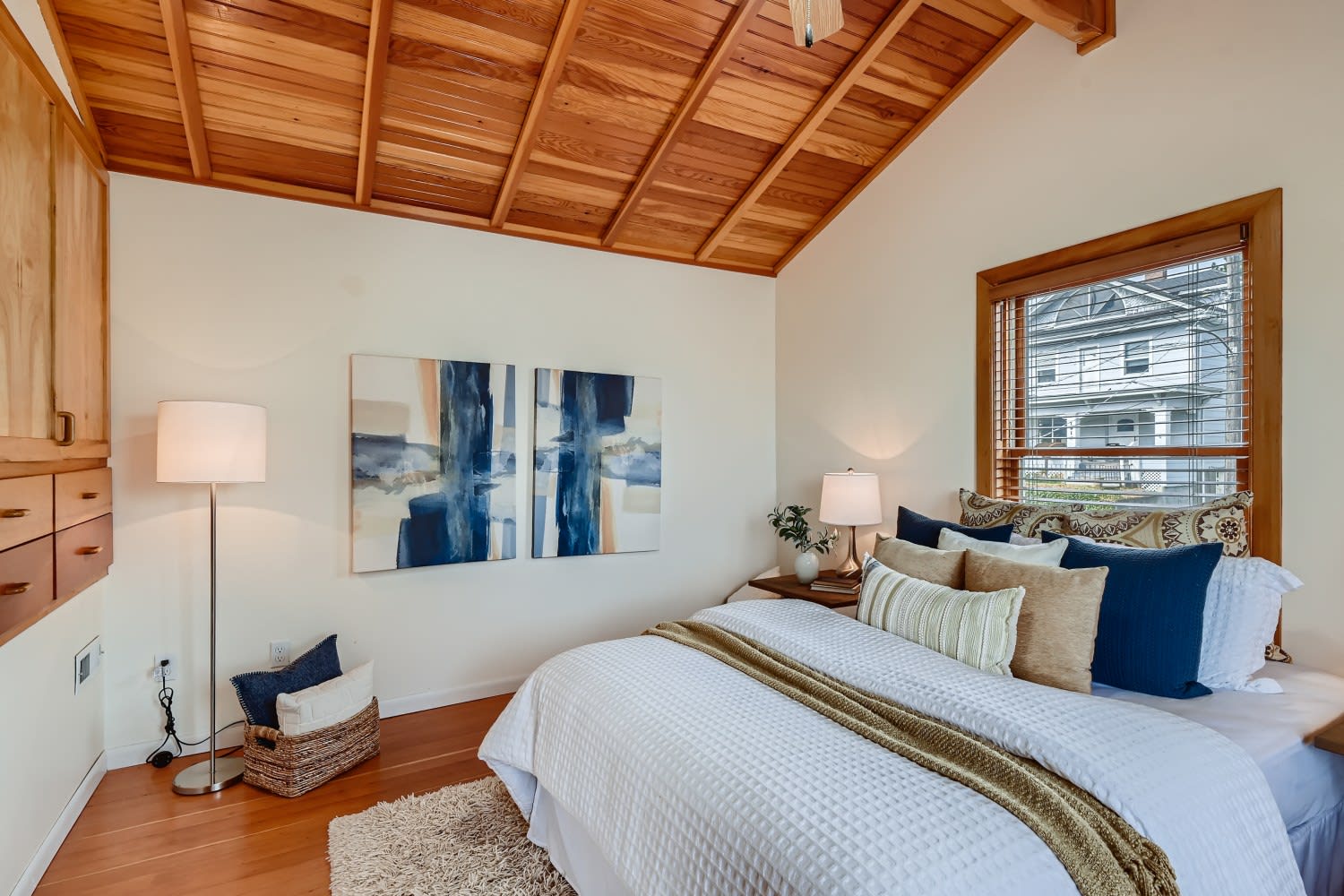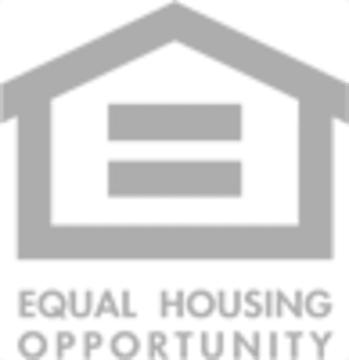The ABC’s of Green Homes
Nature lovers, concerned parents and future homeowners! Have you ever wondered what all the buzz is about when it comes to sustainably built “green” homes? Today, we're going to break it down for you, from A to Z. As vast as the subject is this is just still a starting point, but here it goes:
A is for Architecture: A sustainably builtgreen home starts with its design. Architects focus on maximizing natural light, optimizing the use of space, and integrating eco-friendly materials. The homes are designed for the building site, climate and region.
B is for Building Materials: In a green home, the choice of materials is crucial. Sustainable materials like bamboo, reclaimed wood, recycled metal, low-VOC paints and adhesives, are commonly used to reduce the environmental impact of construction.
C is for Cohesive: Green homes are superstars when it comes thoughtful and intentional choices. Often all the trades/specialties are brought together to have a discussion of the cohesive matrix of intersecting choices. Each trade is aware of how their choices and design affect the next trade that works on the home. A wonderful green home is like a body with systems that compliment and assist one another from construction to habitation.
D is for Design for Sustainability: A green home is designed to reduce its environmental impact over the long term. This means considering aspects like rainwater harvesting, greywater recycling, and solar panel installations. In the end, these homes are also better for financial sustainability requiring less maintenance and upkeep than homes built “only” to code.
E is for Energy Efficiency: This is often the first feature people expect in a green home. They are often equipped with increased insulation, efficient windows, and energy-efficient appliances to minimize energy consumption. Bonus points for heat recovery ventilators, heat pumps and other money saving devices. These homes are kinder to Mother Earth. They aim to reduce carbon footprints, conserve water, and promote biodiversity through features like green roofs or rain gardens. Resiliency and regenerative are words now entering the lexicon of descriptions.
F is for Functionality: Functionality is key. Green homes are designed to be practical for everyday living, easy to clean surfaces using non-toxic cleaners and low impact. Universal Design and other considerations can go unnoticed by the majority of people but are already in place, when they are required for usability by the homeowners.
G is for Green Certification: Some homes go the extra mile by obtaining green certifications, such as Built Green, LEED or Energy Star. These certifications validate the home's sustainability and eco-friendliness. They are third party guaranteed of what is behind the walls, and they are built to future codes paying dividends for decades to come. Sometimes the third party certifications help with the cost of construction through government and utility incentives.
H is for Heating and Cooling: Green homes use efficient heating and cooling systems to maintain comfortable temperatures while minimizing energy consumption. In Seattle, townhomes employ the heat stack effect for cooling in the summer, an ancient design choice that is free for life of the building. Others might have heat pumps that provide comfort in cold winters and hot summer days.
I is for Indoor Air Quality: A healthy home is a green home. These residences prioritize indoor air quality by using non-toxic materials and ensuring proper ventilation, and vapor barriers. Toxic finishes and adhesives are intentionally kept out of the home. This in important in the choice of cabinets and flooring. Homeowners should be careful in choosing new furniture that won’t off-gas in their interior spaces.
J is for Joining the Movement: Building or buying a green home means you're joining the sustainability movement. You're contributing to a better, greener future for everyone. You are future proofing your investment, keeping costs low for decades to come while contributing less to climate change while possibly improving your own health.
K is for Knowledge: Understanding the basics of green building is the first step. Continue to educate yourself about sustainable living and share your knowledge with others. Locally in our area of Western WA, Built Green is the standard for residential real estate. While LEED certification is mostly employed for commercial buildings. Some other certifications include The Living Building Challenge and Energy Star.
L is for Location: Location matters. Green homes often seek proximity to public transportation, reducing the need for long commutes and minimizing the environmental impact. Walk, bus, and bike scores give insight to what your day of errands or a commute to work might look like.
M is for Maintenance: Green homes typically require less upkeep to ensure that all the sustainable features continue to work efficiently. A savings in time and homeowner expenses.
N is for Natural Lighting: Large windows and strategic placement of rooms maximize privacy and natural lighting, reducing the need for artificial lighting during the day. Studies have proven how natural light reduces depression. Fewer lights are needed and that reduces the energy load of the home.
O is for Off-Grid Options: Some green homes go completely off the grid, using solar panels, wind turbines, and advanced battery systems to generate and store their energy. In the city, energy produced but not consumed in your home will flow to the closet neighbor. This reduces resistance in the grid, lessening the need for far-flung sources to power the city increasing everyone’s safety and security.
P is for Passive Solar Design: This technique harnesses the sun's energy for heating in the winter and shading in the summer, reducing the need for artificial climate control. A concept practiced by home builders for thousands of years. Where the home is sited, the direction of window placement, and the placement of overhangs all are considered in the design.
Q is for Quality of Life: Living in a green home often means better indoor air quality, lower utility bills, and a smaller environmental footprint, and increased comfort leading to an improved quality of life. Many people find asthma and other allergies are reduced when living in a well ventilated home with better Indoor Air Quality (IAQ)
R is for Recycling: Green homes promote recycling and waste reduction, often incorporating recycling centers or composting facilities right on-site. One of the favorite luxuries is re purposing older building materials for a unique looking new build. Reused 2 X 4s salvaged from older homes are often old growth timber and can be beautifully repurposed for more than just framing lumber.
S is for Sustainability: At its core, a sustainably built green home is all about living sustainably, ensuring a better future for generations to come. Better for the occupants, the neighbors, the environment, and the planet.
T is for Technology: Many green homes incorporate smart technology for energy and water management, making it easier to live in an environmentally conscious way. This being said, a well-designed and built home needs less technology. It is ideally built for the climate and site where it sits. New techniques and materials make “dumb” homes more efficient.
U is for Urban Planning: In urban areas, green homes often play a role in sustainable urban planning, contributing to more eco-friendly cityscapes. Intentionally built communities promote knowing the neighbors and having “third places”.
V is for Value: Green homes often have a higher resale value and can save you money over time through reduced utility costs. Again, because they are built to future code. Because the lesser house you can build legally, is only built to code.
W is for Water Efficiency: Water-saving fixtures, rainwater harvesting, and efficient irrigation systems help green homes use water wisely. Someday grey water will be a standard in homes for reuse. In landscaping Rain Gardens are being planted in some Seattle neighborhoods with a city incentive program.
X is for X-Factor: Green homes have that special something that makes them stand out in the housing market – a cool factor! First adopters and just about anyone once they live in a sustainably built home, prefer a green home over a standard code built home.
Y is for You: Anyone can make a difference by choosing to live in a green home. It starts with you and your commitment to a sustainable lifestyle. The more you learn about them the more they will be intriguing.
Z is for Zero Waste: Some green homes strive for zero waste, emphasizing recycling, composting, and responsible consumption. It’s still an aspirational goal, but more and more homes are coming up with solutions to this difficult problem. Live with less and enjoy life more!
So there you have it, the ABCs of a sustainably built green home. It's all about embracing eco-friendliness, reducing our carbon footprint, and living in harmony with nature. So, are you ready to go green and make a positive impact on our planet? The journey starts at your home! If you don’t start out with one, as the years go by you can continue to improve on the major systems while your home continues to appreciate.






